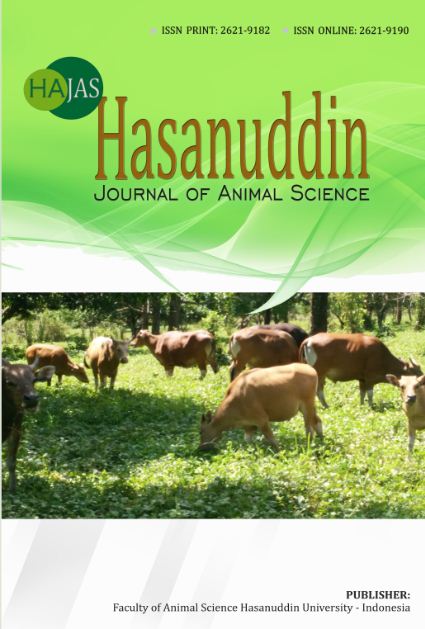Aflatoxin M1 in Milk: Occurrence and Its Risk Association: A Review
Abstract
Aflatoxin M1 (AFM1) is the main secondary metabolites of aflatoxin B1 (AFB1) framed in the liver and discharged into milk when people and animals polish off AFB1-polluted food. The persist from feed to milk in dairy cows is affected by different dietary and physiological elements, including taking care of regimens, rate of ingestion, rate of absorption, animal health, hepatic biotransformation limit, and real milk production of the animals. AFM1 exposure might cause both intense and constant toxicity. In humans, AFM1 exposure is related with cancer-causing nature, genotoxicity, mutagenicity, and teratogenicity. In dairy animals, persistent openness to AFs can decrease execution, debilitate liver capability, compromise invulnerable capability, and increment sickness susceptibility. AFM1 openness represents a worry for the worldwide populace, especially for babies and youngsters who drink milk in bounteous amounts and thus, are more powerless to unfavorable impacts. The identification and quantification of AFs represents a critical test in food handling confirmation, since even a low AF concentration is hazardous for people and domesticated animals. Consistent human openness through dietary courses has prompted the burden of most extreme cut off points for AFM1 in milk and dairy products, taking into account that this is a gathering of products with exorbitant premium, particularly for babies and youngsters. Likewise, as per different examinations it is additionally very much felt that youthful animals are additionally observed to be more vulnerable to aflatoxin than grown-ups. Consequently; the defilement of cow milk and milk products by AFM1 ought to be perceived as unfortunate for youthful human and animals. Thus, the point of this paper is to review the occurrence of aflatoxin and its adverse results on animals and human health over the time.
Downloads
Published
Issue
Section
License

This work is licensed under a Creative Commons Attribution-NonCommercial 4.0 International License.











